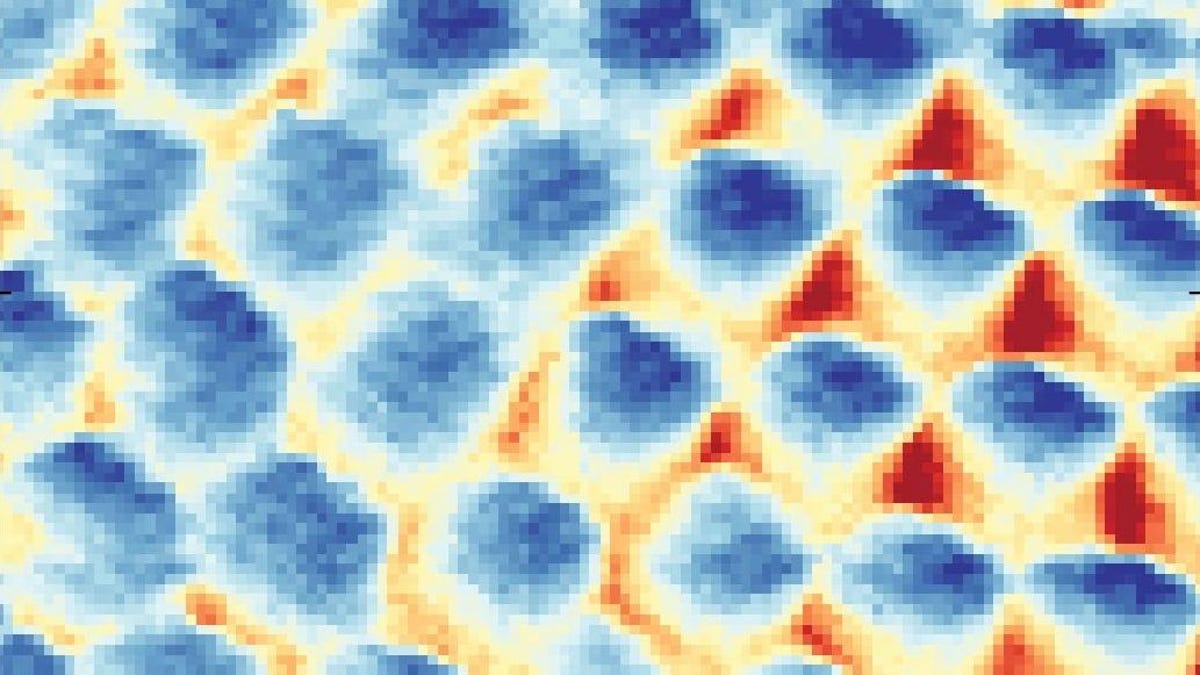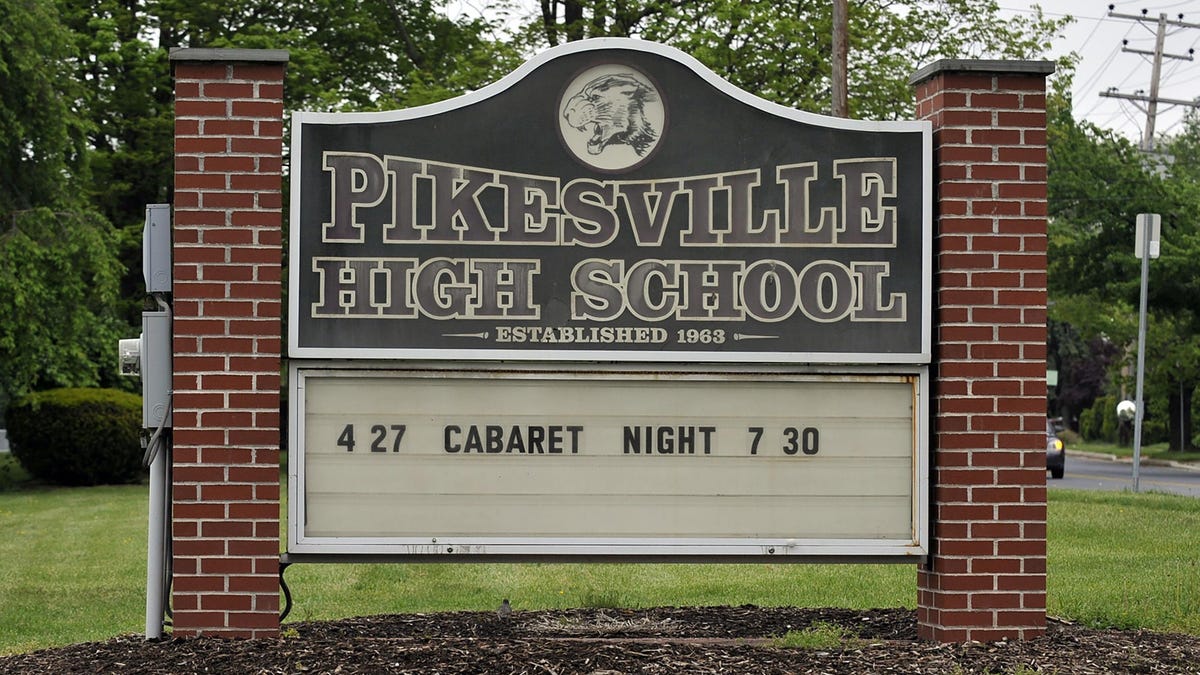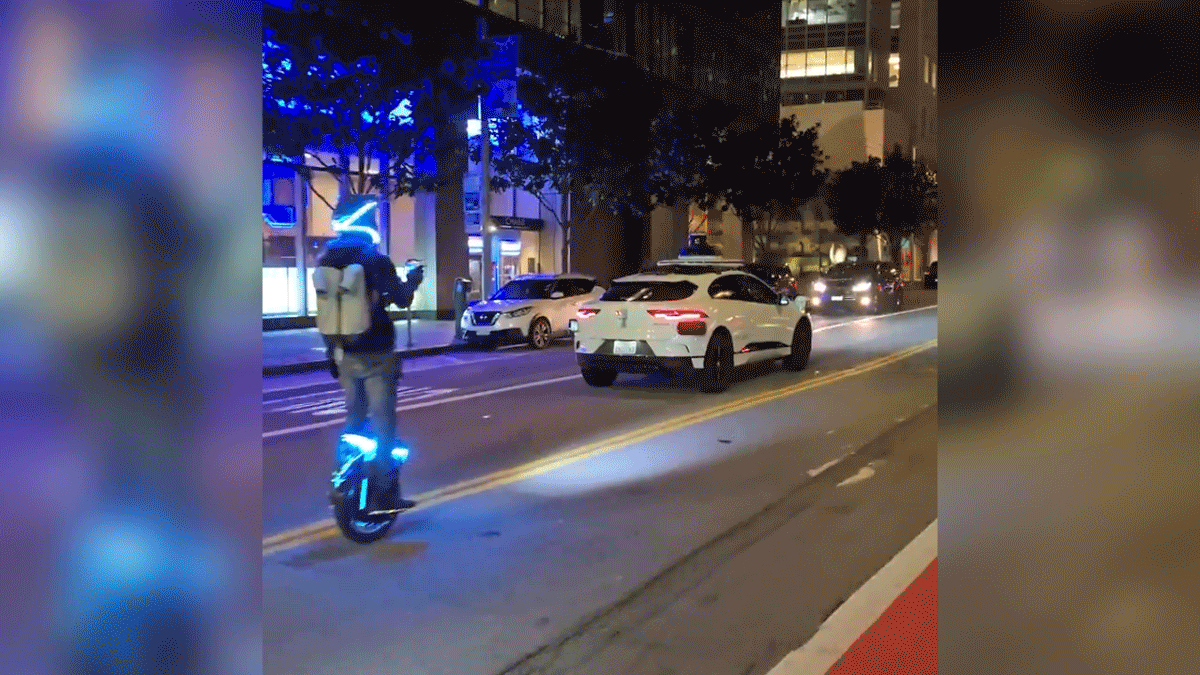Exploration of Electrons in Wigner Crystals
Electrons are commonly observed moving swiftly around their atomic structures, adhering to a predictable dance within the subatomic realm. However, recent breakthroughs in the field of physics have unveiled a new perspective on these fundamental particles. A team of physicists has captured images of electrons existing in a state known as a Wigner crystal, a quantum phase where electrons are densely packed together without a central nucleus.
The Genesis of Wigner Crystals
The term “Wigner crystal” stems from Eugene Wigner’s profound insight in 1934. Wigner postulated that under specific circumstances, electrons would organize into a crystalline lattice structure due to intense interactions between them. This theory was materialized through advanced scanning tunneling microscopy, enabling direct visualization of the anticipated Wigner crystal. The groundbreaking research detailing this discovery was recently published in the esteemed journal, Nature.
Ali Yazdani, a distinguished physicist at Princeton University and the principal investigator of the study, articulated, “The Wigner crystal represents one of the most captivating quantum phases of matter, serving as the focal point of numerous investigations striving to confirm its existence through indirect evidence”.
Unveiling the Quantum Realm
Electrons fundamentally repel each other, driven by a natural tendency to maintain distance in their interactions. A pivotal experiment conducted in the 1970s at Bell Laboratories showcased the formation of an electron crystal on a helium substrate, illustrating classical crystalline behavior. In contrast, the recent endeavor achieved a genuine Wigner crystal state by demonstrating electrons exhibiting wave-like properties while being intricately entwined within a lattice structure.
Wigner hypothesized that such a quantum phase would manifest due to the inherent repulsion between electrons, rather than despite it. This phenomenon is only viable under extremely cold temperatures and low-density settings. In the experiment, electrons were enclosed between meticulously purified graphene sheets, generating an environment devoid of impurities. Subsequent cooling and application of a perpendicular magnetic field induced the crystallization process, with magnetic strengths reaching 13.95 Tesla and temperatures plummeting to 210 millikelvin.
Minhao He, a dedicated researcher at Princeton University and co-first author of the study, elucidated, “The electrons repel each other, striving to maintain a degree of separation based on finite density. Consequently, they coalesce into a densely packed lattice configuration, each electron assuming a distinct spatial occupancy”.
Future Endeavors and Explorations
The longevity of the Wigner crystal exceeded initial expectations, showcasing remarkable stability across a wider spectrum. At denser compositions, the crystalline phase transitioned into an electron liquid, introducing intriguing possibilities for further investigations. The research team envisions delving deeper into how the Wigner crystal phase transmutes into alternative electron phases when subjected to varying magnetic fields.
Current scientific endeavors explore the complexities of exotic materials, ranging from scrutinizing the thermal attributes of substances to investigating enduring time crystals. By pushing the boundaries of scientific exploration, physicists seek to unravel the enigmatic properties governing our universe and the intricate laws guiding its existence.
Image/Photo credit: source url





